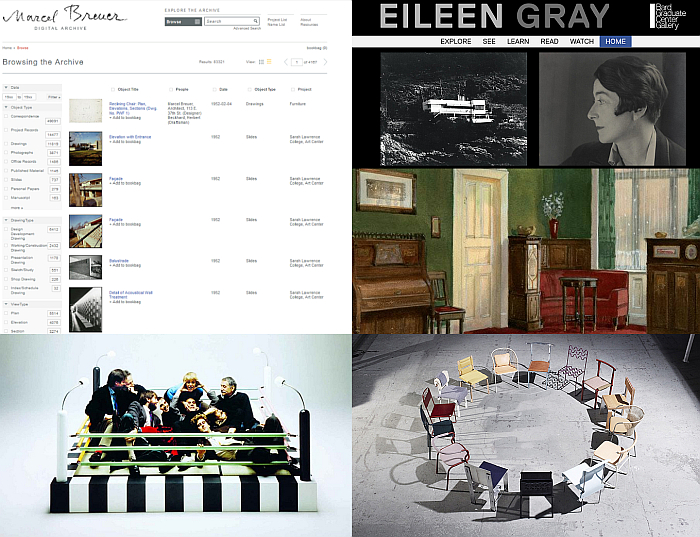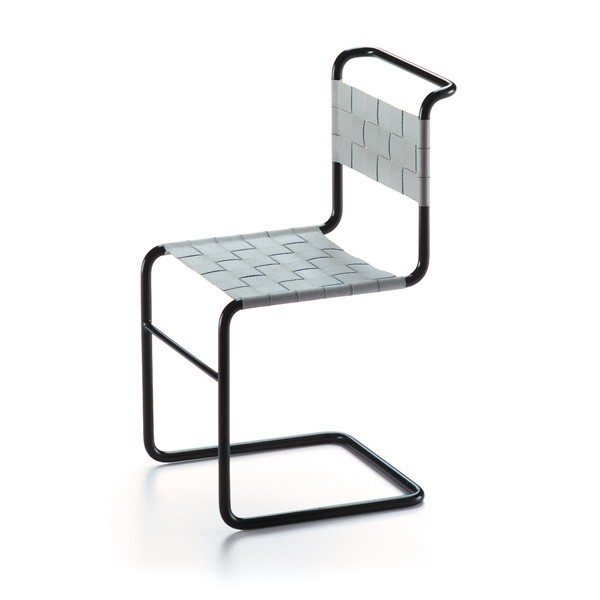Yrjö Kukkapuro – Magic Room at Espoo Museum of Modern Art, EMMA
“My work was… How would I put it?”, asks Yrjö Kukkapuro.
“Constant contemplation” he answers.1
With the exhibition Yrjö Kukkapuro – Magic Room Espoo Museum of Modern Art, EMMA, invite us all to contemplate on Yrjö Kukkapuro’s contemplations…….
Chairs: Dieckmann! The Forgotten Bauhäusler Erich Dieckmann at Neuwerk 11, Halle
“…one only finds warmth of life and sincerity where human nature is allowed to flourish”, opined the German designer Erich Dieckmann in 1931, “one shouldn’t forget that in our apartments. Let’s treat our contemporary homes to something humane. Something unelaborate, something provisional, with some leeway and space for things to grow as they wish over time.”1
With the exhibition Chairs: Dieckmann! The Forgotten Bauhäusler Erich Dieckmann, the Kunststiftung des Landes Sachsen-Anhalt and Staatlichen Museen zu Berlin extend an invitation to explore how Erich Dieckmann understood an unelaborate, humane, contemporary apartment full of leeway and space to grow…….
Eames Lighting Design… Or, A search for light in the Eames Universe…
Wandering aimlessly through the digital Marcel Breuer Archive one afternoon, we stumbled across a letter dated July 25th 1950 from Peter M Fraser, one of Breuer’s employees, to the Eames Office, enquiring about a lighting design by Charles and Ray that Breuer was interested in using in one of his architectural projects, and requesting…
…”a lighting design by Charles and Ray”???
Eames lighting???
Eames furniture ✔ Eames toys ✔ Eames exhibitions ✔ Eames textiles ✔ Eames films ✔ Eames photography ✔
But where is the lighting design in the portfolio of Charles and Ray Eames…?
5 (New) Architecture & Design Exhibitions for February 2021
Alongside the Chinese and Korean New Year celebrations one of the most popular observances in any given February is, arguably, the Feast Day of Saint Valentine on February 14th; St Valentine famously being the patron saint of greetings card manufacturers, lovers, but less famously, if just as importantly, also offering protection from the plague.
Now while the misanthropes amongst you will query whether love and plague aren’t synonyms, and a pox upon you for that; this February 14th we could all do with not only a little love, but a goodly dose of plague protection. And so rather than the traditional veneration of St Valentine through the distribution of hurriedly purchased and poorly considered flowers and chocolates, how about we all agree to celebrate the life of St Valentine through taking a little more care of one another, spreading a little more communal love and a little less plague, taking the weight of his shoulders for a few hours………….?
Beyond offering protection to lovers and from the plague, and protecting beekeepers, St Valentine also offers protection to travellers, which sadly no-one is these days. But those days will come again.
Until they do we continue with our hybrid exhibitions recommendations lists: that for February 2021 featuring a trio of offline exhibitions in Weil am Rhein, Hamburg und Falkenberg, and while they in all probability wont open as planned, will open, and before they do offer impetus for a little self study, and also two online highlights to explore, research and, for all, enjoy at your leisure.
Perhaps on February 14th, for as we all know, the couple that develop and deepen their design understandings together, stay together……
Anton Lorenz: From Avant-Garde to Industry @ Vitra Design Museum Schaudepot, Weil am Rhein
“I first saw resilient tubular steel furniture designed by Professor Mies van der Rohe in September 1927 at the exhibition “Samt und Seide” in Berlin, objects which made a very deep impression on me, because I felt and saw that here, for the first time, was a meaningful way to utilise the forces inherent in tubular steel.” Anton Lorenz, 27th March 19391
Because discussions on the steel tube furniture that, in many regards, characterises the inter-War period tend to focus on the designers and architects, it can be all too easily forgotten that without those who identified the potential, those who not only understood the significance of the new developments of the period, but had the requisite skills to bring the ideas of a, relatively, small group of creatives to the market, steel tube furniture may not today enjoy the fascination and following that it does.
Certainly wouldn’t stand as characteristic of the inter-War period.
Amongst those who played a leading a role in such developments was the Hungarian born designer and entrepreneur Anton Lorenz. With the exhibition From Avant-Garde to Industry the Vitra Design Museum Schaudepot not only explain Anton Lorenz’s role in the development of inter-War furniture, but also his post-War contributions to an, apparently, contradictory furniture genre……
smow blog Design Calendar: June 1st 1932 – Mart Stam Awarded Artistic Copyright for the Cubic Cantilever Chair
“…the strict, logical lines which avoid anything unnecessary and which with the sleekest form and through the simplest means embodies the modern objectivity”1, with this, glowing, description of his design the Supreme Court of the German Reich in Leipzig awarded on June 1st 1932 Mart Stam the artistic copyright of the cubic, quadratic, cantilever chair, and thus settled arguably the very first legal dispute over the copyright of the form of a piece of furniture intended for industrial mass production.
smow Blog Interview: Ansgar B. Heickmann, Auktionshaus Heickmann, Chemnitz … Or, How One Sells a Marcel Breuer Chair for Euro 55,000…
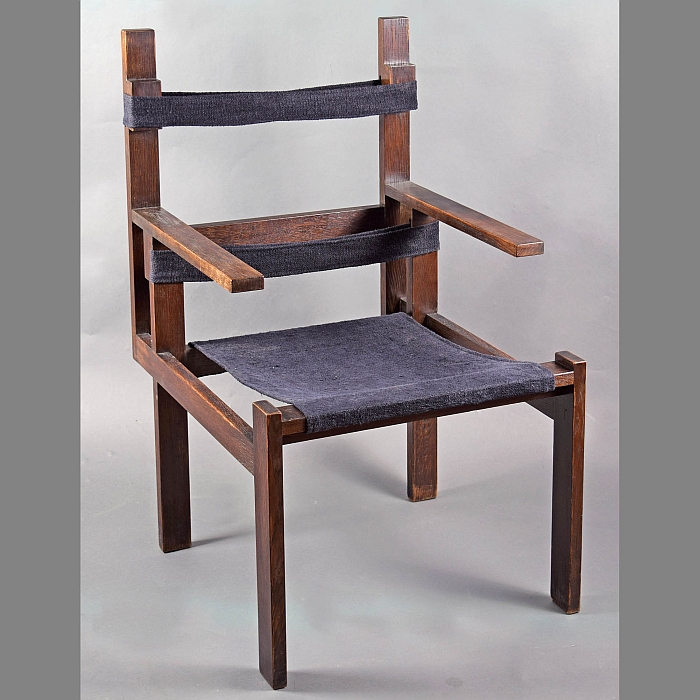
“The starting point for the chair was the problem of comfortable seating combined with a simple construction. A problem which
smow blog compact: 2.5.0. – Object is Meditation and Poetry. Hochschule für Grafik und Buchkunst Leipzig at the Grassi Museum for Applied Arts Leipzig
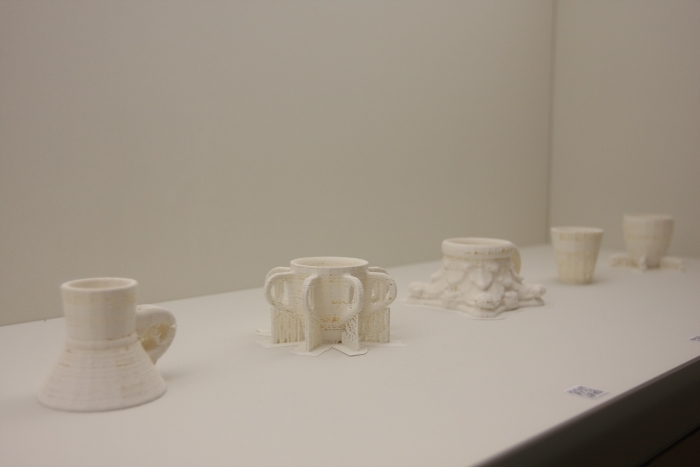
The (hi)story of applied arts is, we believe it’s not too impetuous to claim, very closely connected with that of
Bauhaus Archiv Berlin: Sammlung Bauhaus & 100 New Objects
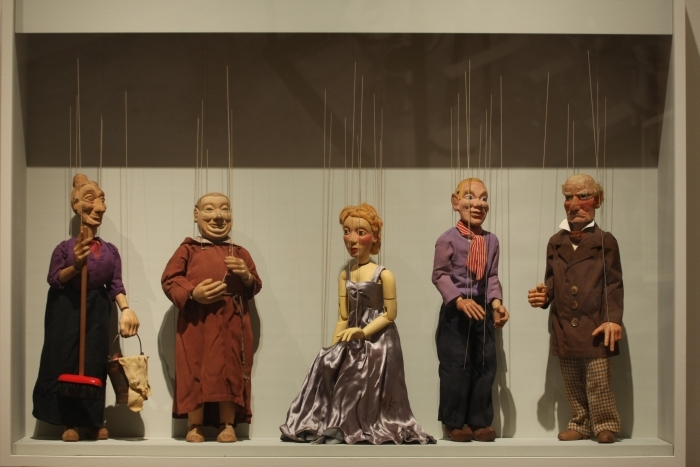
Following the necessary disruption of their permanent exhibition to accommodate the recently ended exhibition Sensing the Future: László Moholy-Nagy, die
Thonet Exhibition Special: Buy Four Thonet Chairs. Recieve a Free Tecnolumen Wilhelm Wagenfeld Lamp
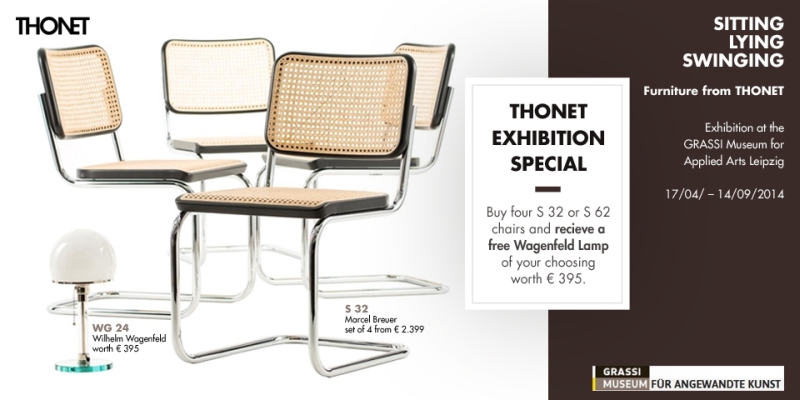
“When”, we asked in context of the Grassi Leipzig exhibition Sitting – Lying – Swinging. Furniture from Thonet, “does an exhibition
Celebrating 5 years (smow) online. Thonet join the party…..
There are only very few furniture manufacturers who can claim to have been major players in two fundamental furniture design
Gewerbemuseum Winterthur: Wood Loop – Auf Biegen und Brechen

At the risk of upsetting furniture historians, wood is probably the longest serving material in furniture design. It is also
Bauhaus Dessau: Marcel Breuer – Design and Architecture. Interview with curator Mathias Remmele

Until October 31st 2012 Bauhaus Dessau is showing the exhibition “Marcel Breuer – Design and Architecture” Presenting a wide-ranging look
Marcel Breuer @dmyberlin Almost!
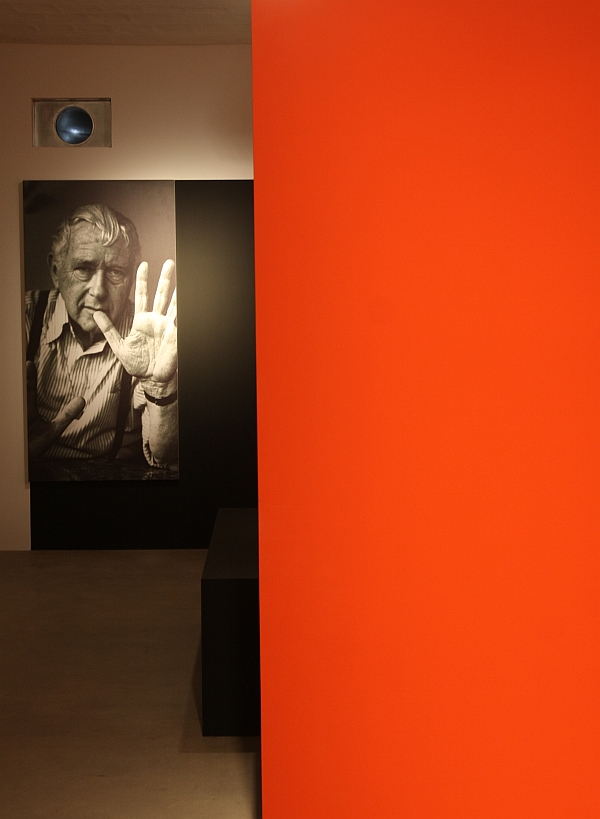
Because we know what’s coming up at DMY Berlin, we loved this quote from Marcel Breuer that we discovered in
Bauhaus Dessau: Marcel Breuer – Design and Architecture
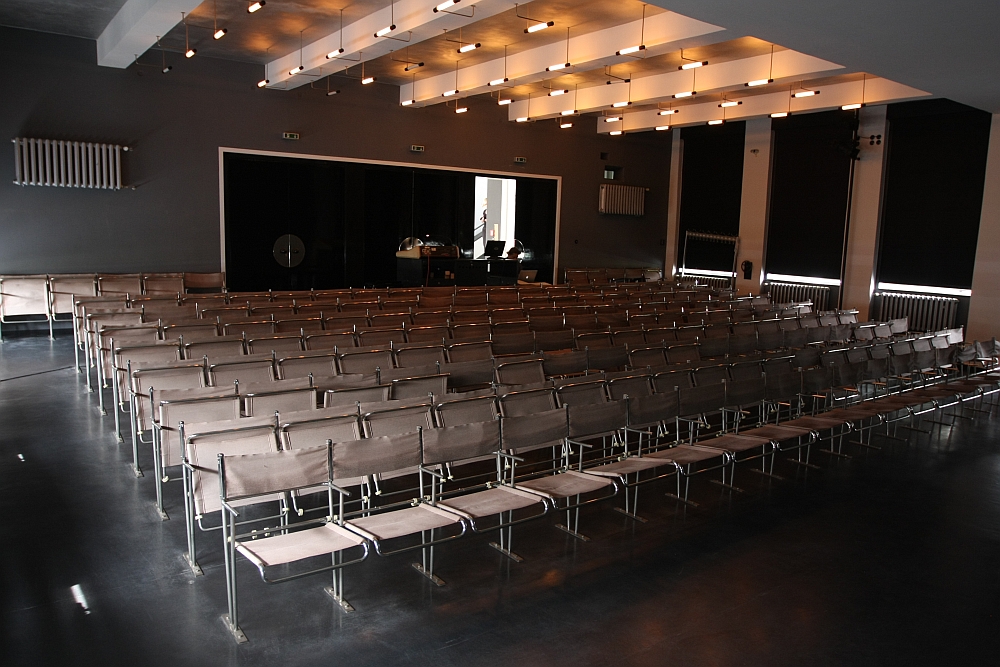
Much as Gerrit Rietveld‘s career is publicly reduced down to the Rood-blauwe stoel, so too is it all to easy
Barbican Art Gallery – Bauhaus: Art as Life

Is there anything left to say about Bauhaus? Have we not all seen, read, written enough? We all know the
Bauhaus Archiv Berlin Stühle ohne Beine: Interview with Prof. Dr. Florian Hufnagl

On March 20th the Bauhaus Archiv Berlin opened their spring exhibition “Stühle ohne Beine – Chairs without legs” Dedicated to
Christmas is coming the goose is getting fat … don’t waste your money on illegal tat

Twas the month before Christmas, when all through the house Not a creature was stirring, not even a mouse. Save
new at smow: Eileen Gray
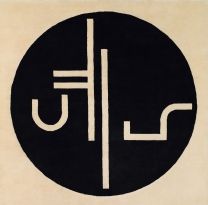
As we stood looking at some mighty fine, but horribly over-carved, wooden furniture at the Salone in Milan a female
Reinterpreting classics: Thonet cantilever chairs from Muji

At the Tokyo Design Week the German furniture producer Thonet presented their classic cantilever chair in a new light. In
The art of comfortable seating: S 43 classic from Thonet
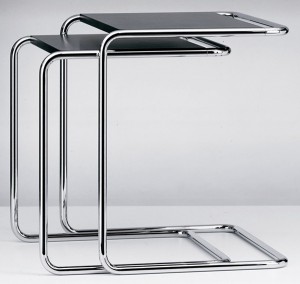
In 1927 at the opening of the Weissenhof Estate in Stuttgart, the Dutch architect and designer designer Mart Stam presented



